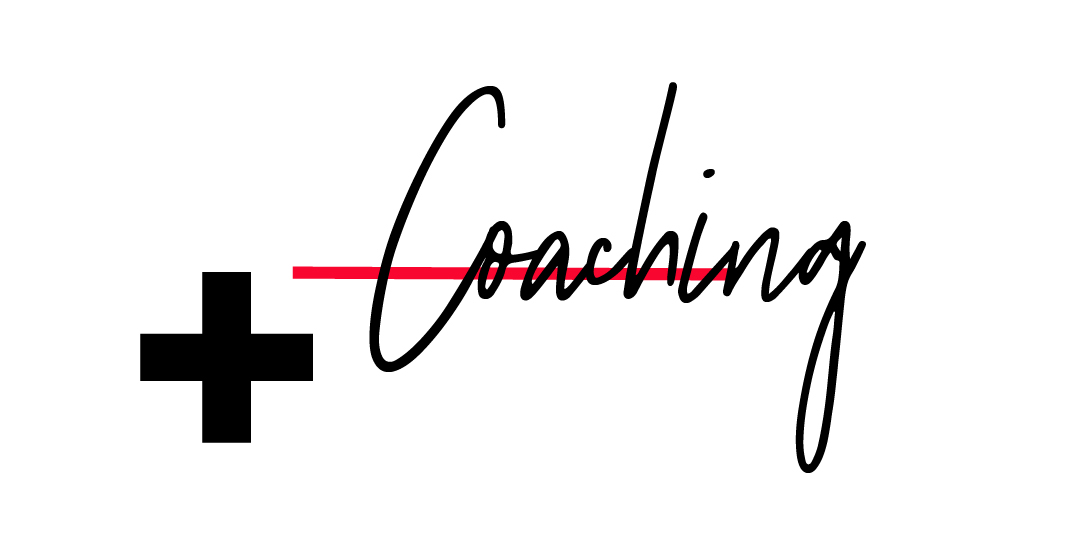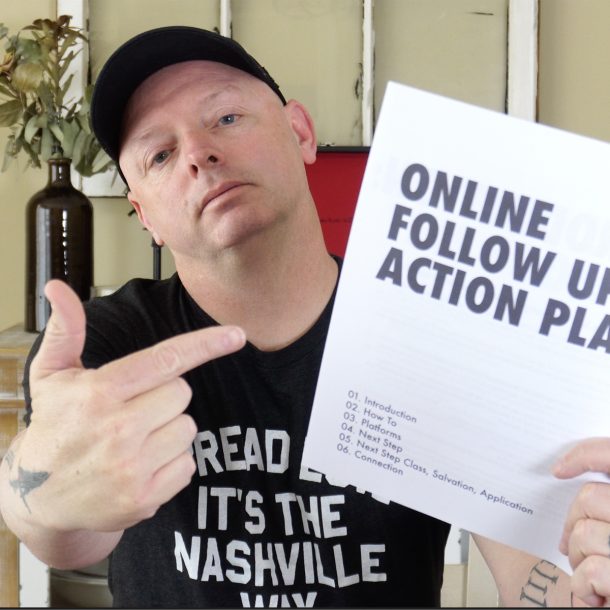Part of being on a never ending quest to learn forces us to sometimes admit when we are wrong.
I have said repeatedly that as our lives get busier and busier, we have to schedule time to create. I have believed this rule and even have followed it in my own life. Every Thursday from 3-5, I don’t book any meetings. I save that time for creation. From time to time, it actually works. But more often than not, it ends up in frustrated and half baked attempts at doing our creative work.
I have wondered why, until today when I ran across a great article by Tim Sanders about an entirely different way to handle this problem. Sanders contends that scheduling time to be creative leaves very little room for inspiration, muse, and the art of creating. “Creativity is a burst of structured insanity”…which means we have to allow it space to burst when it’s ready, not when we can fit it in.
So what do we do with this information?
1. Be prepared to document. Flirting with or staying in our creative zones is important because our best work is done there. If we are too compartmentalized in our approach to creativity, we will stifle the gift we have to impact our ideas, situations, problems, and organizations. That being said, we need to always be prepared to document our creativity. Images, words, thoughts, insight, a sentence someone says, a melody we hear, a picture we see – document every moment no matter where we are so we can remember the insanity of that moment. Capturing these moments is like catching dreams – they allow us to revert back to that specific time when we can actually follow through on some of these opportunities. We need to document them as thoroughly as possible.
2. Rehearse. Sanders has convinced me that more important than scheduling is rehearsing. Everything we create: words, images, sounds, speeches, documents – they all represent us; they carry our DNA. Rehearsing our act of creating is more important than scheduling the time to attempt to work on something that might not be ready. Take the time to rehearse your art. What will you say? How will you write? When you open illustrator what will you create? Visualize the stage. Rehearse your part so that when you sit down to exercise the work, you actually have already begun the process.
I will still keep time on my calendar to be reserved for creativity, but I will shift it from creating to preparing to create. I am, however, going to be intentional in rehearsing more often and never apologizing for documenting every moment inspiration strikes so that I can steward the gift of creativity that lives around us every day.





Not as much as I used to. I used to take a day off every week for the sole purpose of creating something I wanted to created as opposed to something I had to create for a specific purpose. Whether it was a graphic piece, a logo, writing, or starting on my own first font, I would take to create something. I went in with no concepts & no agenda & whatever flowed out is what I went with. If it needed to be scrapped I scrapped it & started over.
In short it was a blast & I miss that I don’t the time do that as much anymore because of the stage of life I’m right now. But I eagerly await the day I can back to rehearsing.
I rehearse a lot before I create, especially when I’m preparing a sermon or message or discussion. I swear my neighbors think I’m crazy when I start preaching to myself as if someone else were in the house. My best work, both speaking and writing, comes that way.